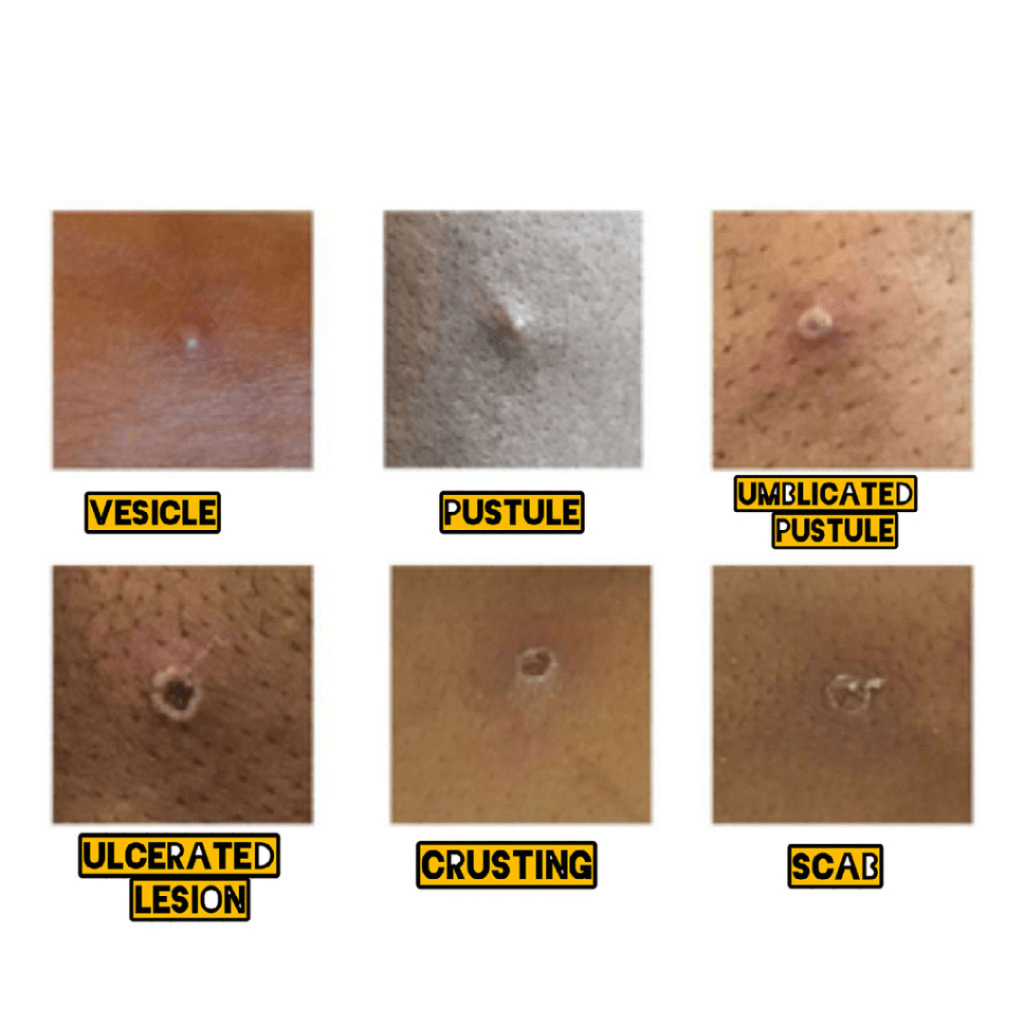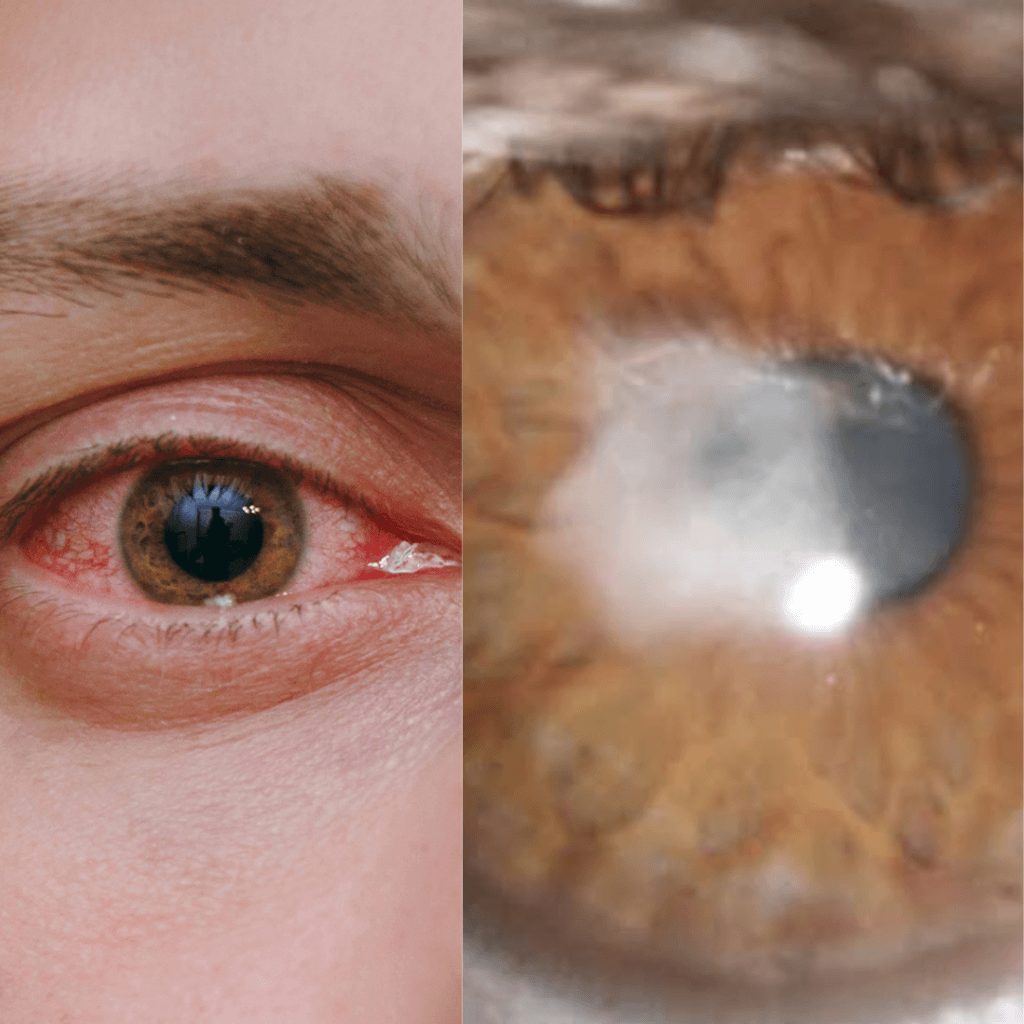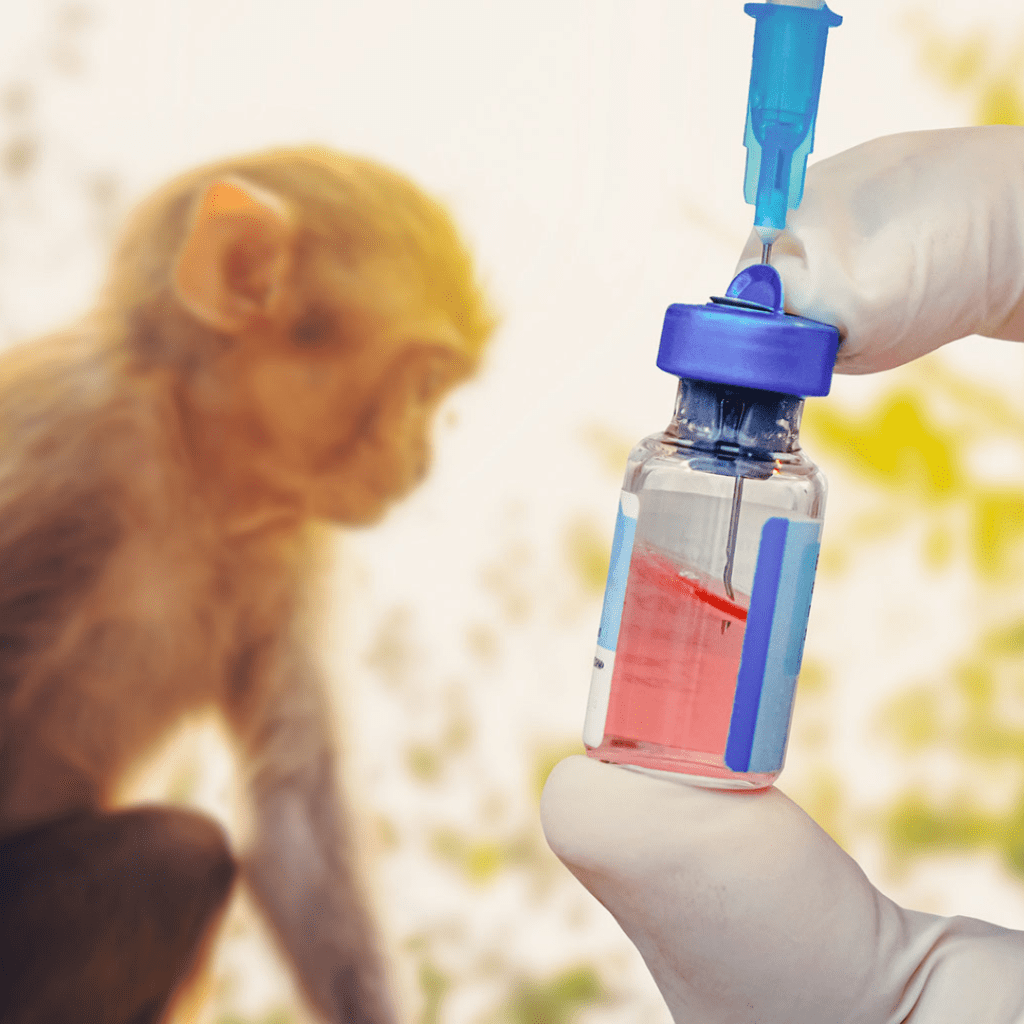1. what is A monkeypox VIRUS?
Monkeypox virus was first discovered in 1958 in a research facility in Denmark when macaques (crab-eating monkeys) fell ill and showed some lesions on their skin. A double-stranded DNA virus, this virus comes from the same family as smallpox, which was eradicated in 1980. In contrast to smallpox, monkeypox is less dangerous. Although it was first seen in monkeys, rodents in Africa are the natural reservoir of the virus. There have been infections in squirrels, rats, mice, monkeys, prairie dogs, and humans. In addition to the Democratic Republic of Congo and parts of central and western Africa, monkeypox was seen elsewhere in people who had traveled to these regions. Currently, monkeypox is endemic in many countries around the world.
2. When was monkeypox first discovered in humans?
In 1970, monkeypox was first isolated from a child in the Democratic Republic of Congo who was thought to have smallpox.
3. Transmission of the virus
Monkeypox is a zoonotic disease, which means that it is spread from animals to humans. However, there have also been reports of human-to-human transmissions.
Virus transmission occurs through direct contact with bodily fluids, skin lesions, or respiratory droplets of infected animals, as well as indirectly through contaminated fomites.
Humans can contract the virus from the animals bite, scratch, coming in close contact, and eating meat of infected animals.
Humans can transmit it to other humans by direct contact or rarely by breathing in respiratory droplets from people within 6 feet of an infected individual for a substantial amount of time (around 3 hours).
4. what is the incubation period of the infection
Monkeypox virus replicates at the inoculation site and spreads to local lymph nodes after entering the body. As the virus replicates, it spreads to other organs. This is the incubation period and usually lasts 7 to 14 days. But this can be as early as 5 days and as late as 21 days.
5. what are the signs of infection?

Prodromal symptoms begin after the incubation period, such as fever and lymphadenopathy before lesions appear. It lasts between one and two days. Infected patients may be contagious at this time.
Next, over the following 2 to 4 weeks, the lesions evolve in 1 to 2-day increments through flat, raised, pus-filled phases. Lesions start in the mouth then appear on the skin more commonly in hands, arms, soles and face.

Crusts begin to form 5 to 7 days after the pustular phase ends. Most cases of crust formation and fall occur within seven to fourteen days of symptoms appearing, and the condition usually resolves within three to four weeks. The patient is no longer considered infectious after the crusts have fallen off.
Complications of monkeypox can include pneumonitis, encephalitis, sight-threatening keratitis, and secondary bacterial infections.
6. what ocular implications does monkeypox virus have?

One of the most common ocular implications is conjunctivitis, sometimes referred to as pink eye. It can cause redness, watering, foreign body sensation, pain, and very rarely, scarring on the cornea. Larger lesions and those closer to the center can cause significant vision loss, even corneal blindness
7. How to take care of eyes when exposed to monkeypox virus
Use lubricating drops
Antibacterial eye drops maybe prescribed to prevent secondary bacterial infection.
Severe infections can be treated with antiviral eye drops.
Whenever you notice a decrease in your vision, consult an eye doctor immediately.
8. Treatment and post exposure management
Monkeypox infection does not currently have any specific clinically proven treatments and is mostly supportive.
Tecovirimat and Brincidofovir are FDA-approved antiviral treatments for smallpox and have shown some benefits in treating monkeypox as well. Particularly among high-risk groups or those with severe symptoms.
Individuals exposed to monkeypox should isolate themselves and have their temperature and symptoms monitored twice daily for 21 days because that is the accepted incubation period.
According to the CDC, vaccination within four days of exposure may prevent disease onset, and vaccination within 14 days may reduce disease severity.
9. Role of vaccination

A monkeypox vaccination is not available to the general public, but some places administer it to high-risk groups like gay communities, where monkeypox cases are high.
Two vaccines licensed by the U.S. Food and Drug Administration (FDA) are available for preventing monkeypox infection – JYNNEOS (also known as Imvamune or Imvanex) and ACAM2000.
In both cases, the drugs are effective in preventing the disease, but Jynneos appears to be safer and has fewer side effects, including pain, redness, swelling, itching, firmness at the injection site, fatigue, headaches, and muscle pain.
ACAM2000 is a single dose vaccine while Jynneos is administered in two doses 28 days apart.
CDC recommends:
- To prevent the disease, the vaccine must be given within 4 days of exposure.
- Vaccination given between 4 and 14 days after exposure may reduce the symptoms of disease, but may not prevent it.
- However, when combined with self-isolation and other prevention measures, vaccination can control outbreaks and prevent monkeypox from spreading.
